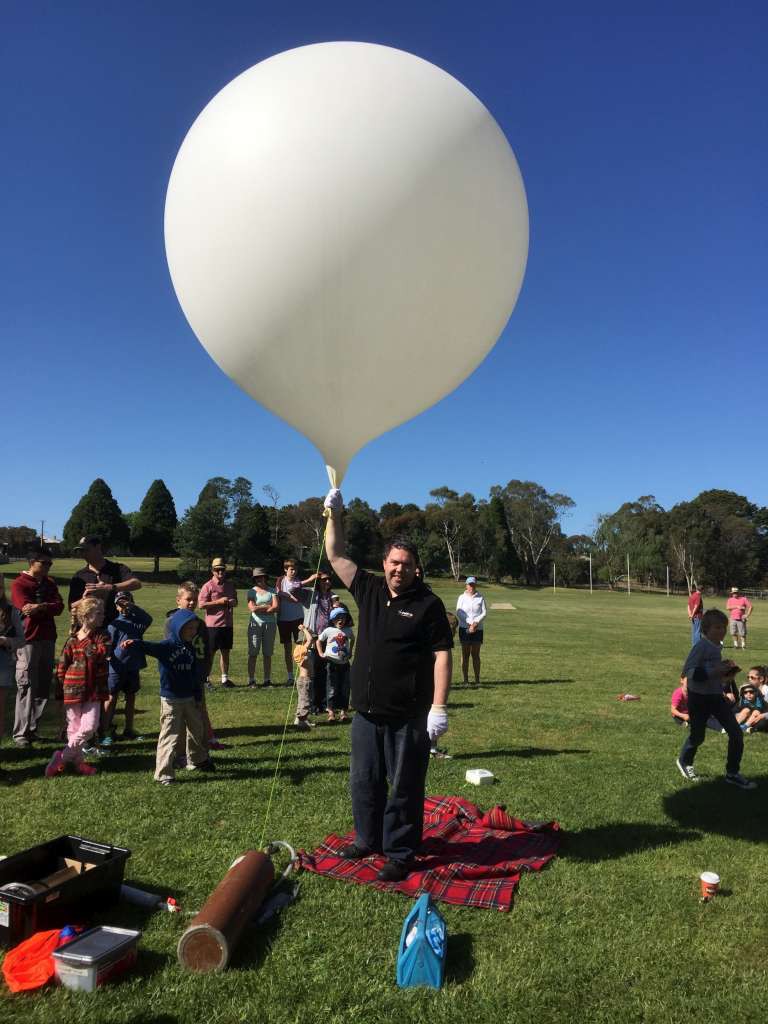Introducing the DX Buster(tm)!
SORRY! ALL SOLD OUT on APRIL 1st 2017 – Stay tuned next year for more Amateur Radio products from the mad scientists division of the Amateur Radio Experimenters Group!
After months of rigorous testing, the Amateur Radio Experimenters Group Inc is pleased to announce the beta version of our new DX Buster(tm)! is nearly ready for initial release. What is it you might ask? Well, it is designed to help you to break through pile ups during DX Contests and DXPeditions, ensuring your signal is the one heard clear and true, first time, every-time!
There will be no more disappointment that the DX got away when you are using a DXBuster!(tm), even if you are only a small 100W pistol or 400W VK “high power” station located more than double the distance from that rare DX station compared to the majority (as is often the case when comparing VK to Europe, North America and Japan where they run 1kW or more). Now, with DX Buster!(tm) on your team, you can rest assured your signal will always be clearly heard among the pileups at the DX stations end, guaranteeing you will get that rare one in your log, even with modest power.
How does it work?
DX Buster!(tm) is a DSP device you insert into your microphone audio stream, and then also connect to the Internet. It works by mixing your transmitted audio with an anti-phase, time correlated / corrected version of the signals that the DX station is listening to, based on what is being received via any WebSDR located close to the major source of the DX calling pile-up stations.
Using patented Flux capacitor technology, and augmented by feeds from the Reverse Beacon and PSK Reporter systems tuned to the WSJT JT65 networks as well as space weather predictions from the NOAA and Australian Bureau of Meteorology, the propagation channel between your station and the rare DX is computed. Then, the anti-phase signals matching the majority of the pile up stations within 4kHz of your signal are delay matched to your station and then injected into your audio. The rest follows the laws of physics! When the out of phase signals are combined at the DX stations receiver with the other pile up traffic, that traffic is attenuated, while your own audio laid over the top passes through unaffected. The end result is a minimum 10-30dB improvement in your apparent signal to noise ratio as measured at the DX station.
Don’t quite believe it? Take a look at the following waterfall charts and sample audio streams to be convinced!
How can I get one?
Currently only a prototype of the unit is available, as a number of technical details are still being refined to make it adaptable to as many transceivers as possible. As soon as these are resolved, we will open our books for orders!
Keep watching the AREG website for further details!

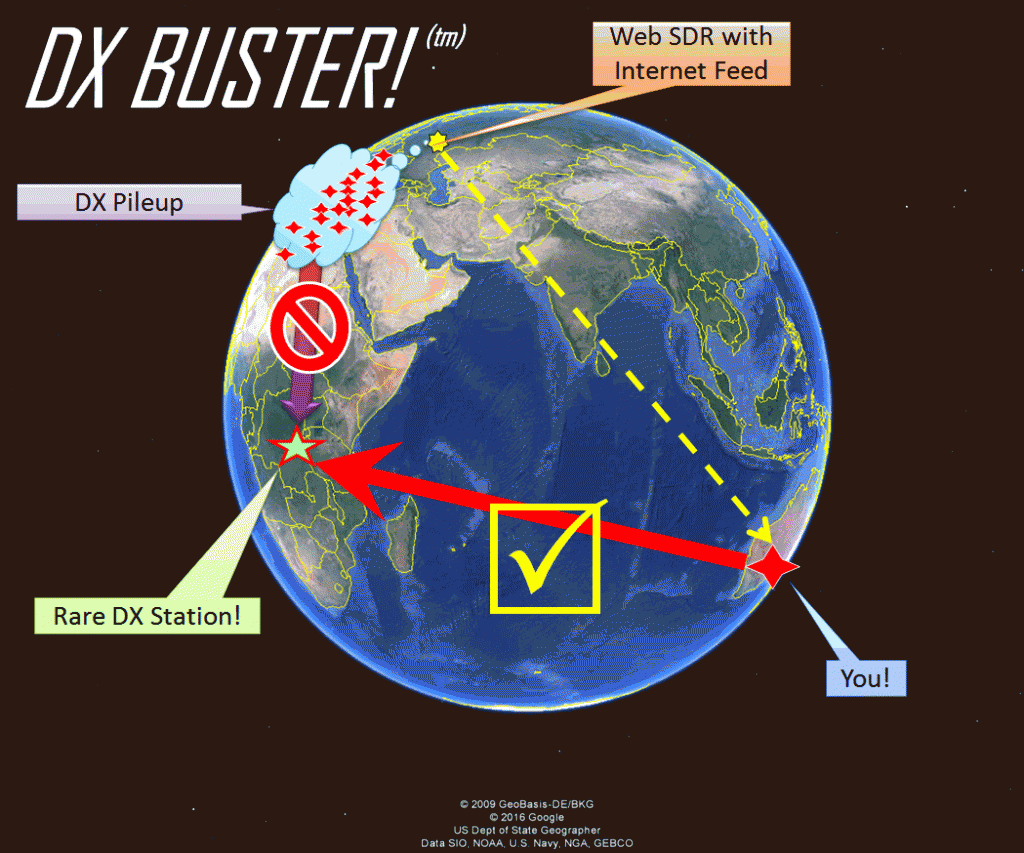
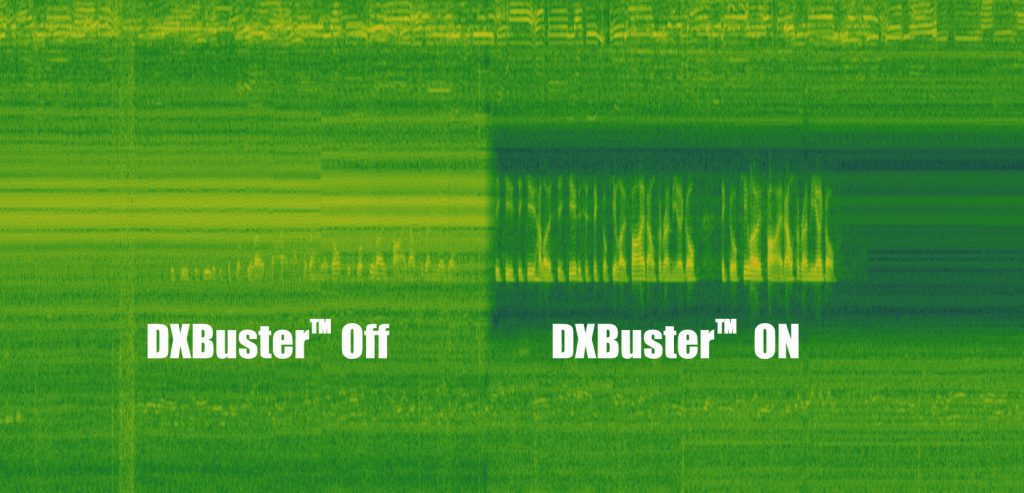

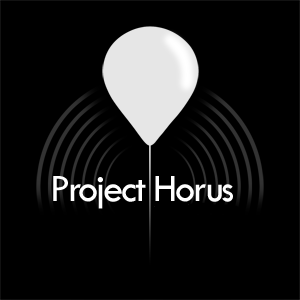














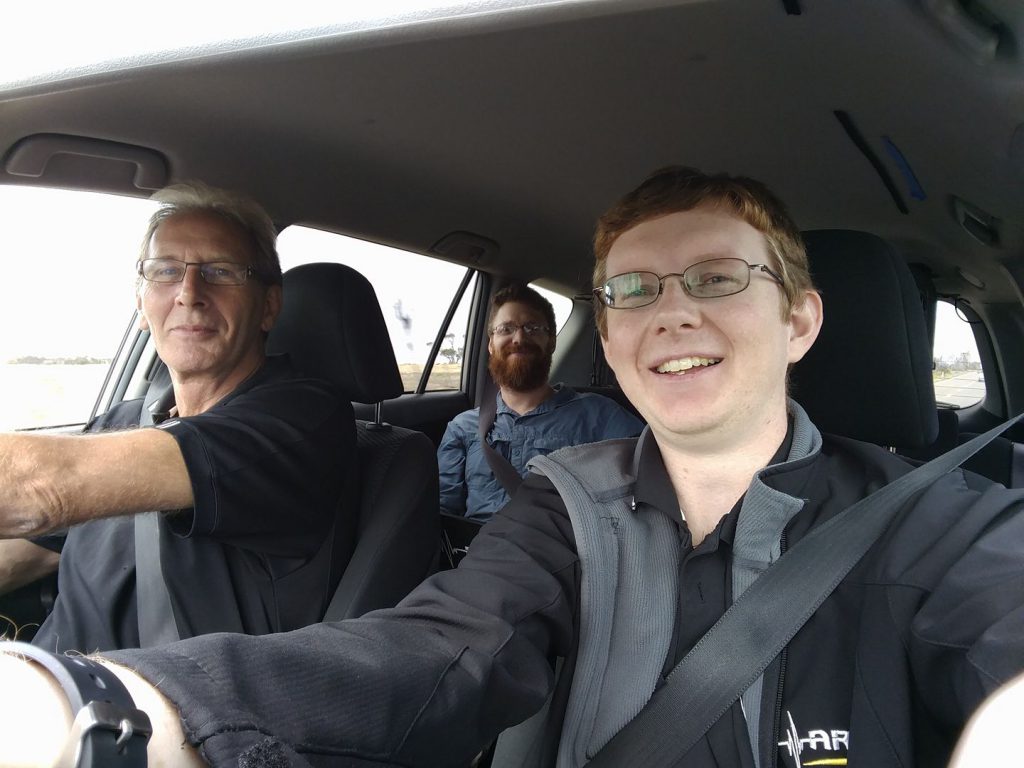
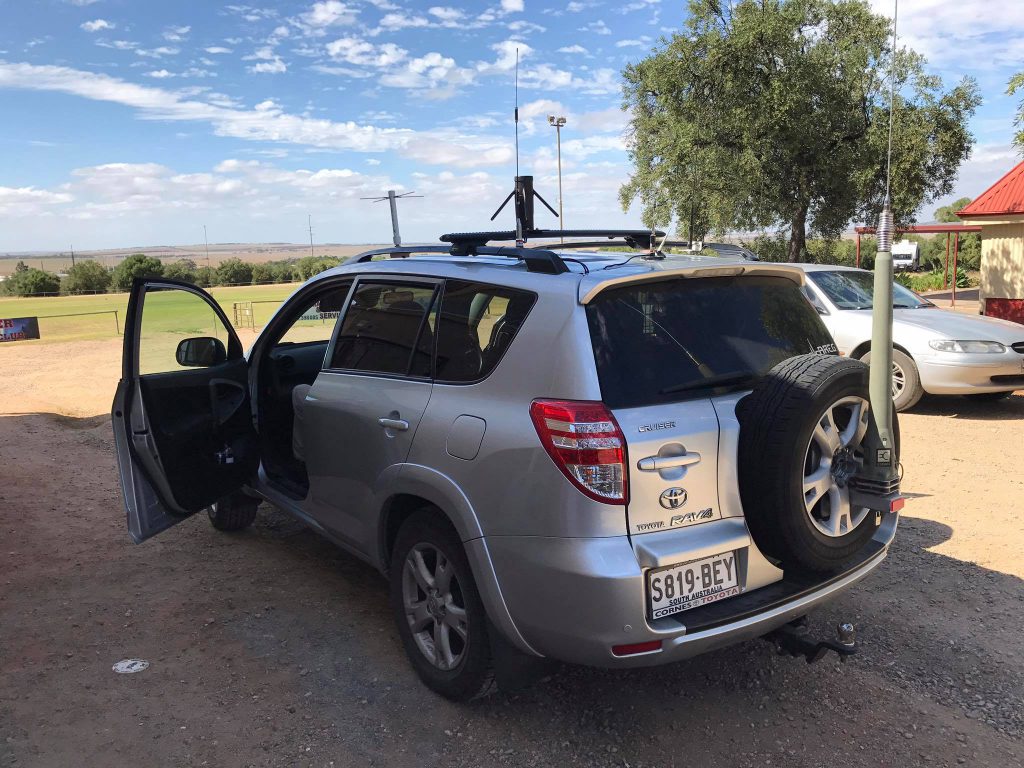
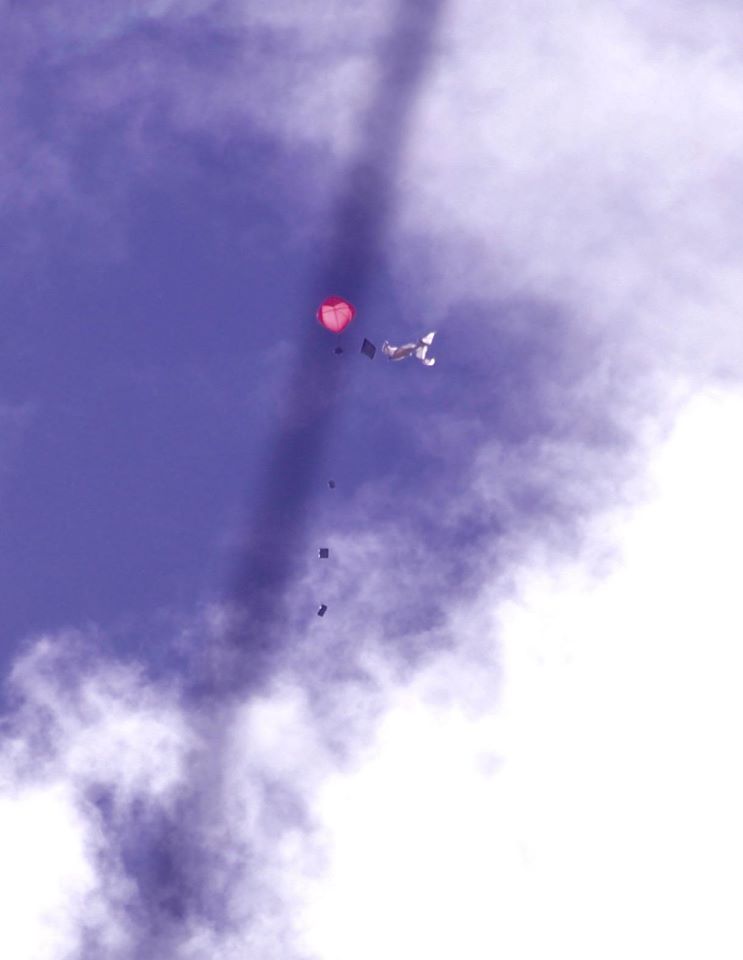
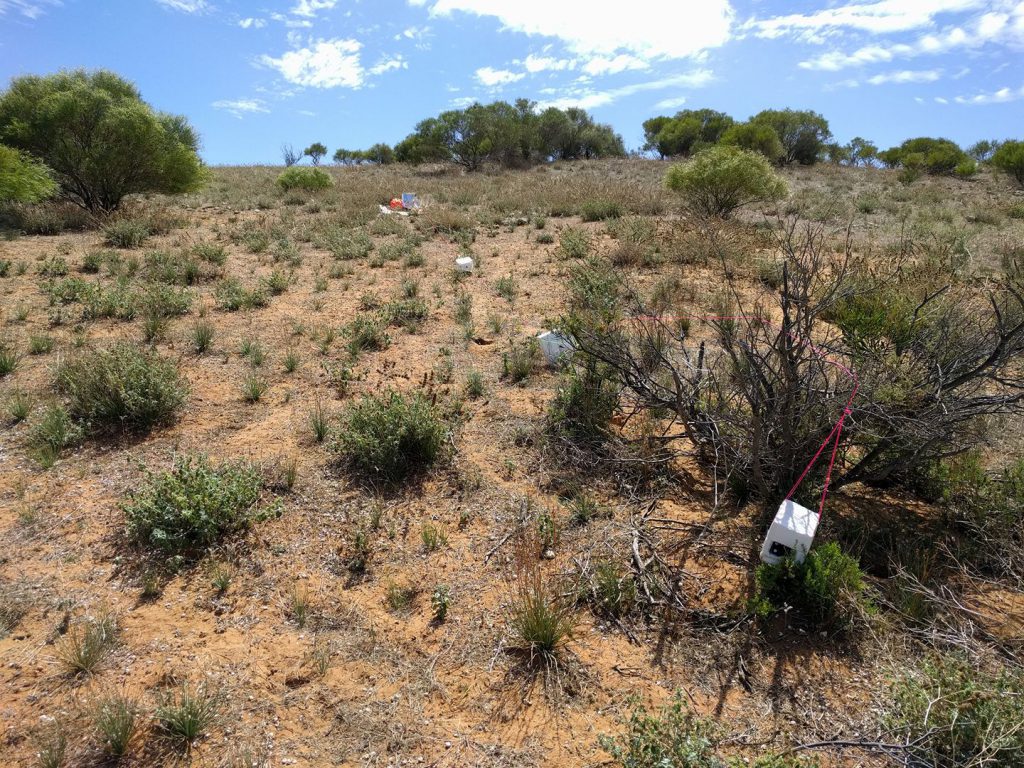
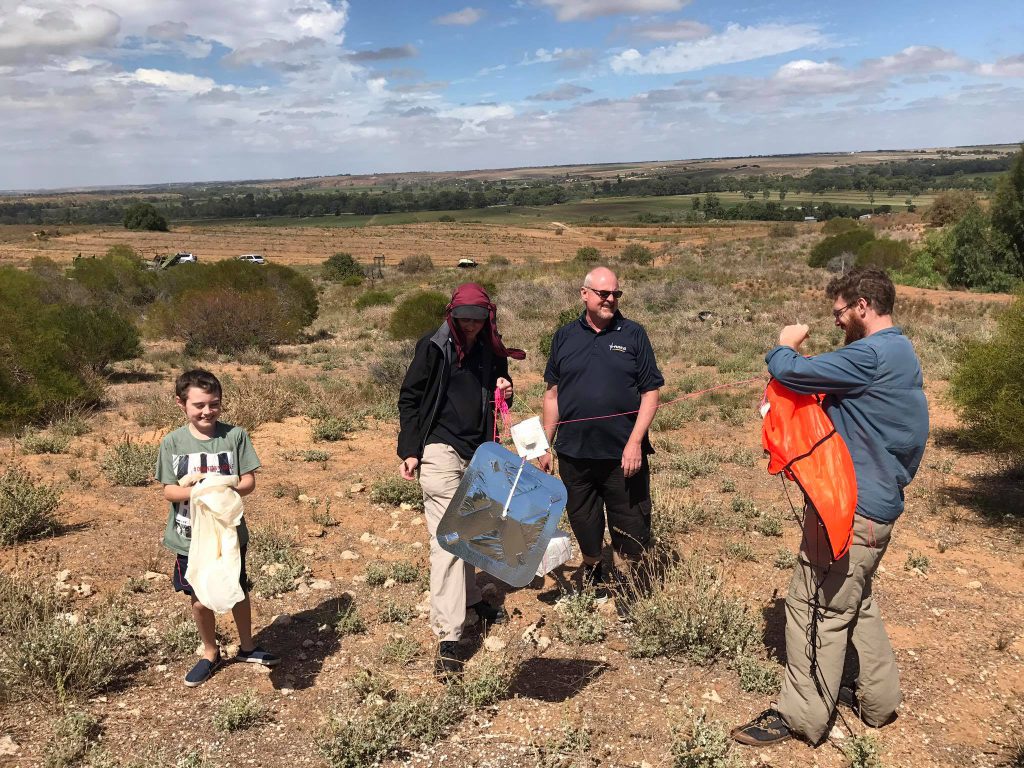
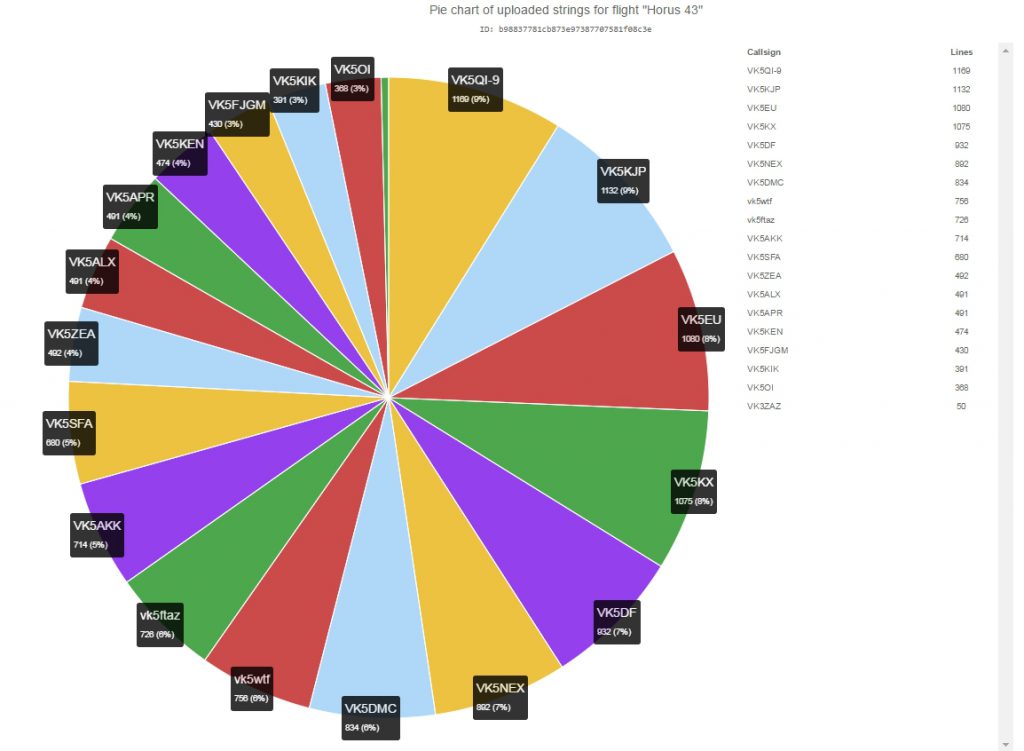
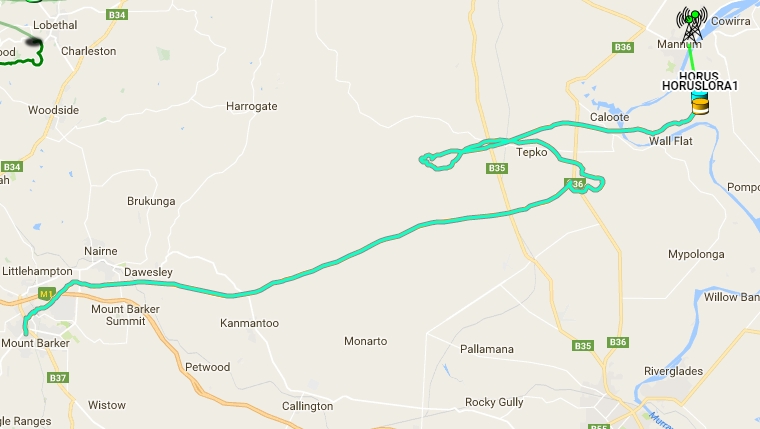
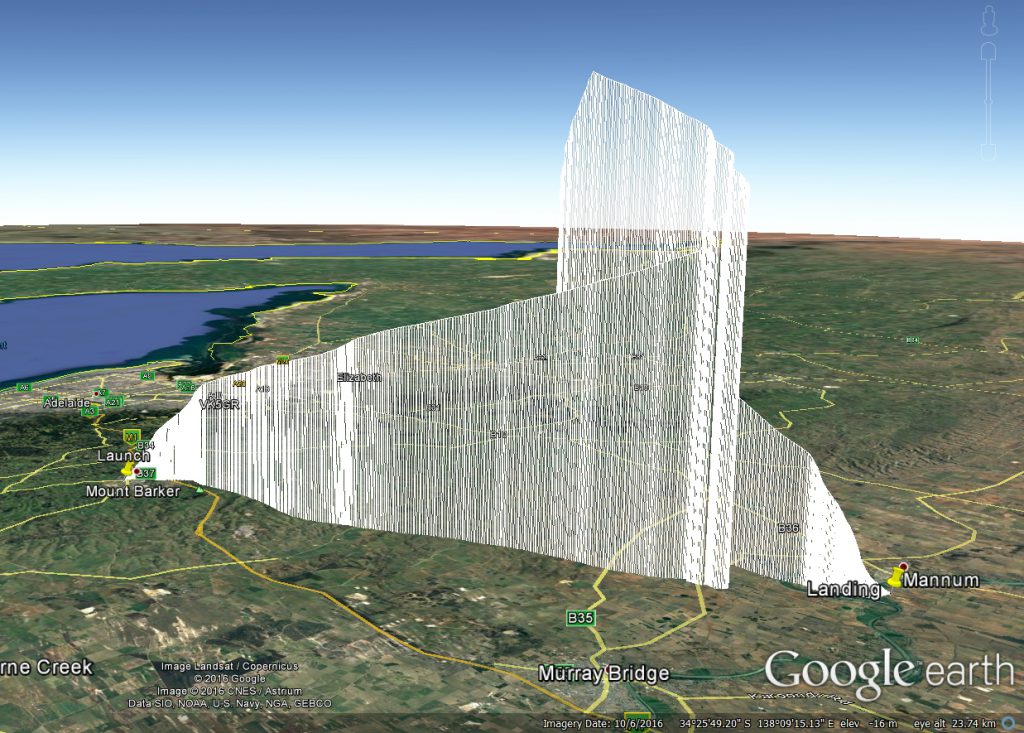
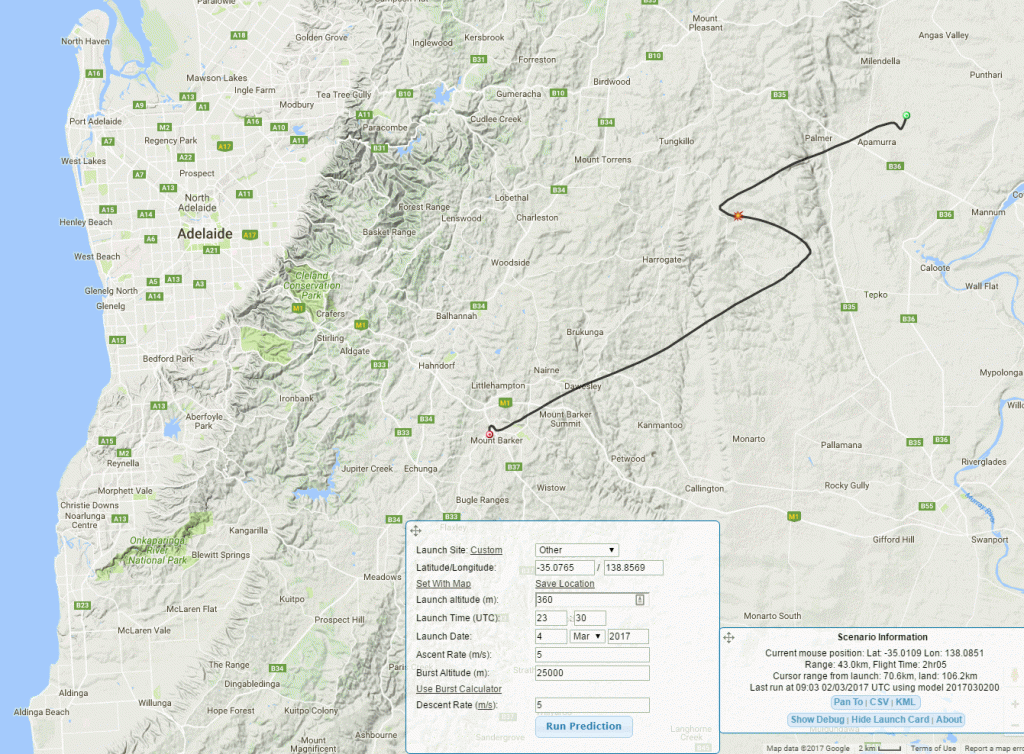
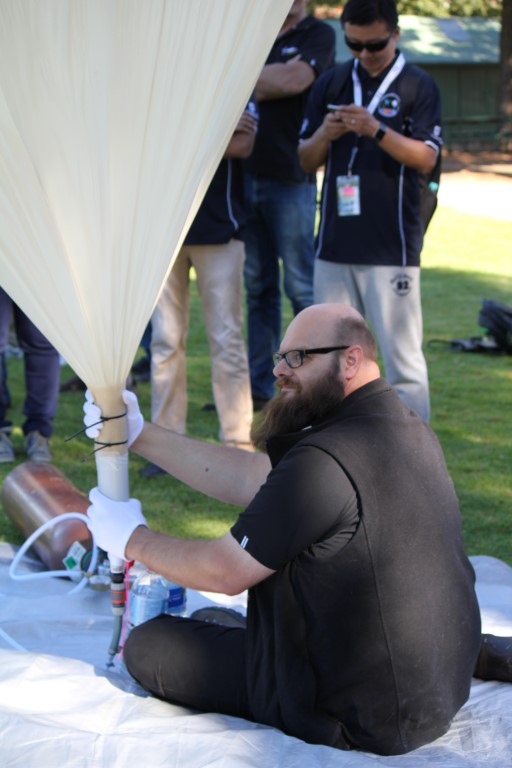
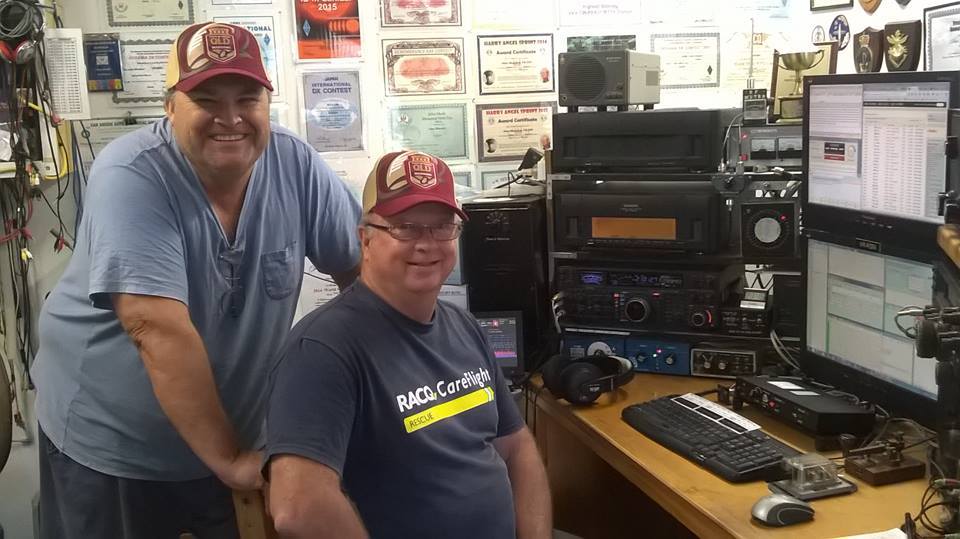
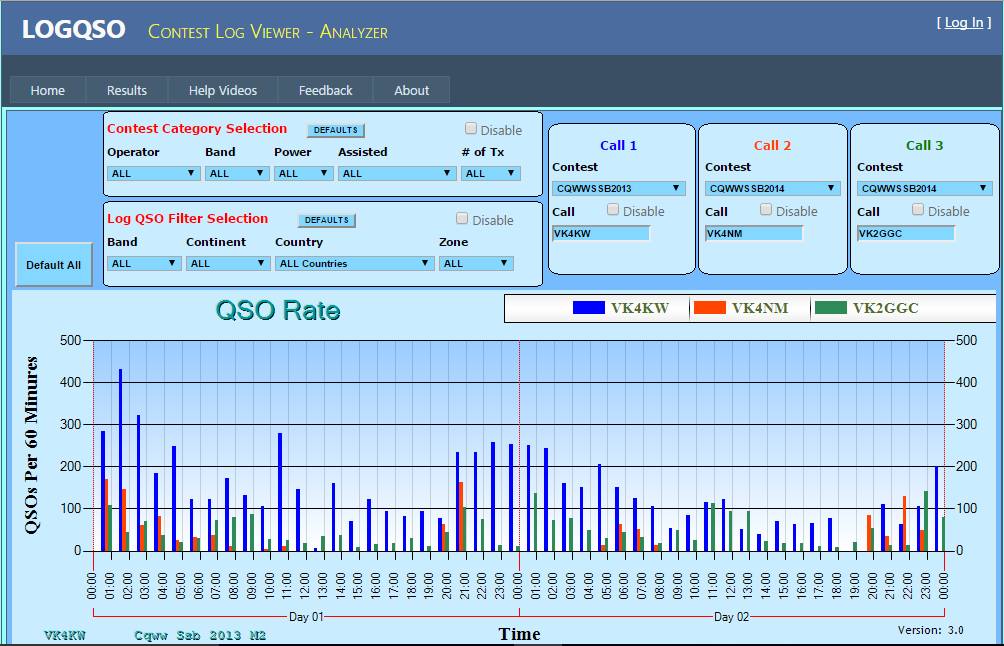





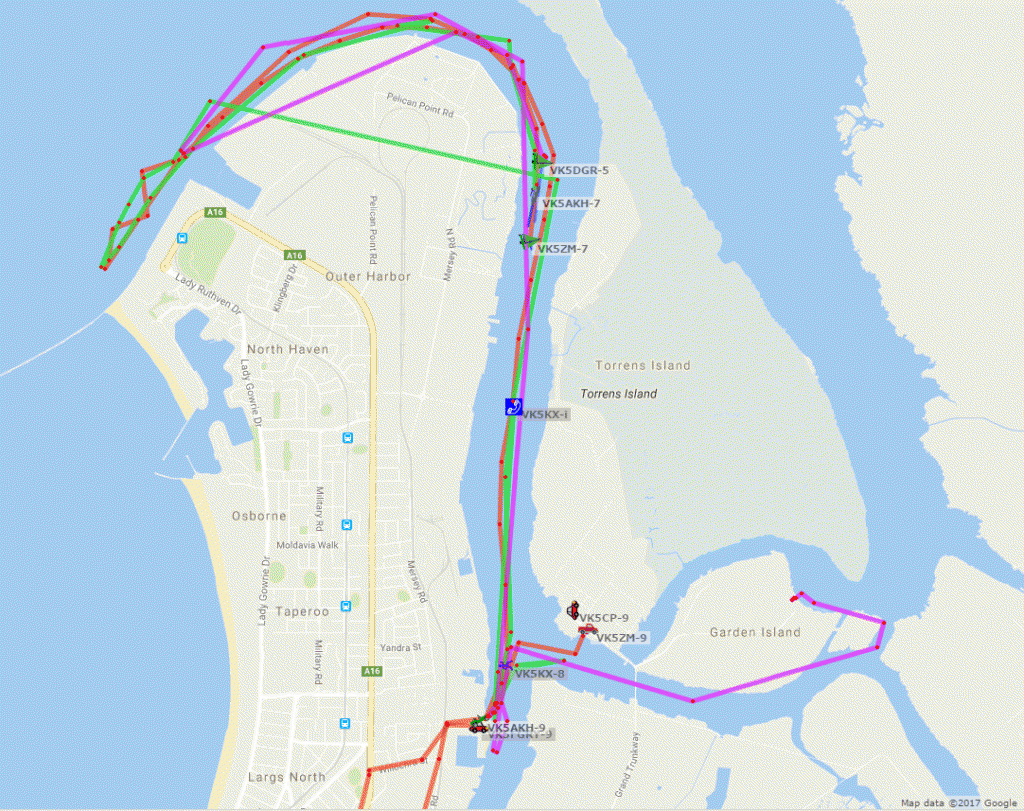






















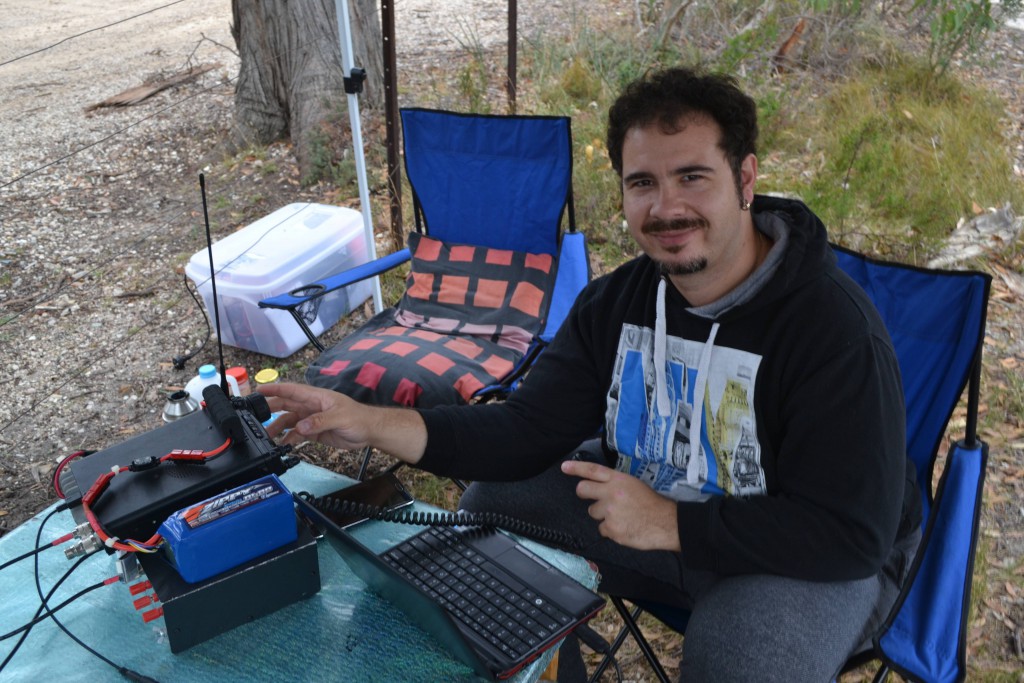
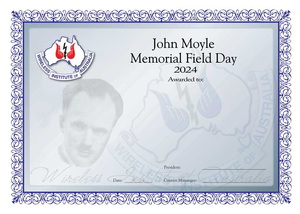 (11.30am ACDT) Saturday to 0059 UTC Sunday (11:30am ACDT). Full details of the event’s rules can be found on the WIA’s website:
(11.30am ACDT) Saturday to 0059 UTC Sunday (11:30am ACDT). Full details of the event’s rules can be found on the WIA’s website: 
